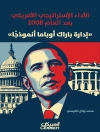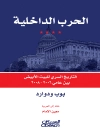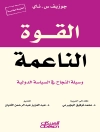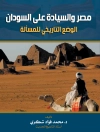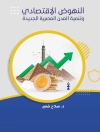The business cycle is a complex phenomenon. On the surface, it involves a multitude of mechanisms, such as oscillations in interest rates, prices, wages, unemployment, output, and spending. But a deeper understanding requires a unifying theory to make these various parts whole. Money, Banking, and the Business Cycle provides a comprehensive framework for analyzing these mechanisms, and offers a robust prescription for reducing financial instability over the long-term. Volume II refutes Keynesian and real business cycle theories and provides policy prescriptions to virtually eliminate the cycle. Simpson offers a detailed analysis of several historical monetary systems around the world and shows the causes and effects of fiat money and fractional-reserve banking, as well as a 100-percent reserve gold standard.
Mục lục
Introduction PART I: REFUTATION OF ALTERNATIVE EXPLANATIONS OF THE BUSINESS CYCLE 1. Underconsumption and Overproduction Theories of the Business Cycle 2. Keynesian Business Cycle Theory, Part Deux: Inflexible Prices and Wages 3. Real Business Cycle Theory PART II: TO CURE THE BUSINESS CYCLE 4. Government Interference, Fiat Money, and Fractional-Reserve Banking 5. The Characteristics and Effects of a Free Market in Money and Banking 6. The Significance of Some of the Historically Freer Banking Periods 7. Gold and 100-Percent Reserves 8. How to Transition to a Free Market in Money and Banking Epilogue
Giới thiệu về tác giả
Brian P. Simpson is Professor and Economist at National University, USA.


